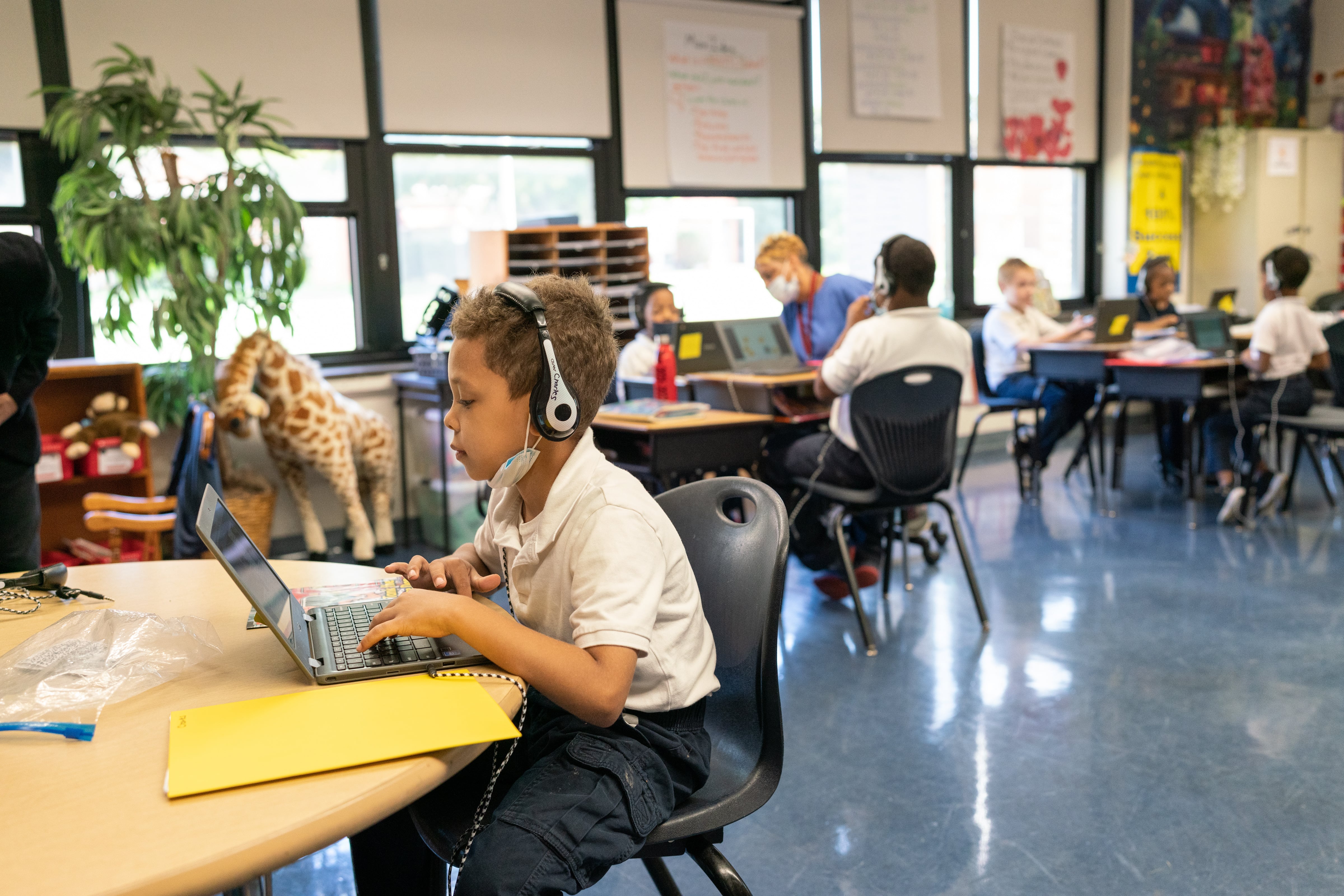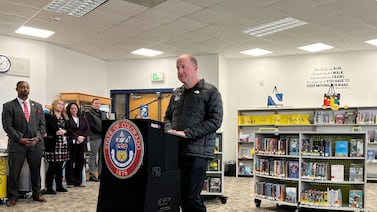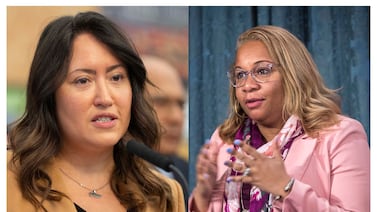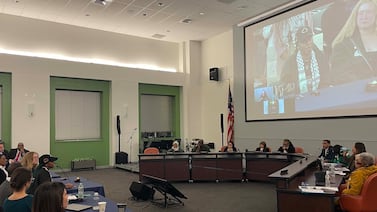Illinois school districts have spent less than half of the roughly $7.8 billion the state got in federal COVID recovery money, according to a new spending dashboard launched today.
The Illinois State Board of Education published the data Thursday and said it would provide “real-time updates” on how districts have reported spending the money aimed at helping students recover from the pandemic.
“These funds are providing an unparalleled opportunity to transform systems of learning in Illinois that are more equitable, more inclusive, and more responsive to student needs,” State Superintendent of Education Carmen Ayala said in a press release.
So far, federal COVID recovery money has been spent on existing staff, technology, tutoring, and transportation. Some districts in Illinois and around the country are using the influx of cash to fix aging buildings. Others are using the money to expand pre-school and give high school students jobs.
A recent Chalkbeat and Better Government Association investigation found low-income districts, which got the most federal COVID money, have been slower to spend their allocations. Data obtained at that time showed about 40% of the money had been reported as spent. The new dashboard indicates about 47% has been spent. There may still be lags in when districts report spending the money.
Earlier this year, Chicago school board members raised concerns about how little COVID recovery money had been spent, particularly on student mental health. The new data indicates Chicago Public Schools has spent 52% of its federal COVID money.
The federal government approved three separate rounds of stimulus funding for schools as part of sweeping government aid doled out across the country in 2020 and 2021. The first wave of $569.5 million came one month into the pandemic under the Coronavirus Aid, Relief, and Economic Security Act, also known as the CARES Act. The new dashboard shows nearly all of that money has been spent.
Congress authorized another massive infusion of money in 2021 to help districts recover from the academic and mental health setbacks spurred by the pandemic. Illinois received about $7 billion in these subsequent rounds. States and school districts must allocate the money by fall 2024.
According to the state’s press release, school districts are also required to “solicit local stakeholder input” and “make spending plans publicly available” for the most recent round of stimulus.
The state is also allowed to spend 10% of the money flowing to Illinois school districts. A large portion of that will go toward a high-impact tutoring program that hopes to reach more than 3,200 students.
Becky Vevea is the bureau chief for Chalkbeat Chicago. Contact Becky at bvevea@chalkbeat.org.







